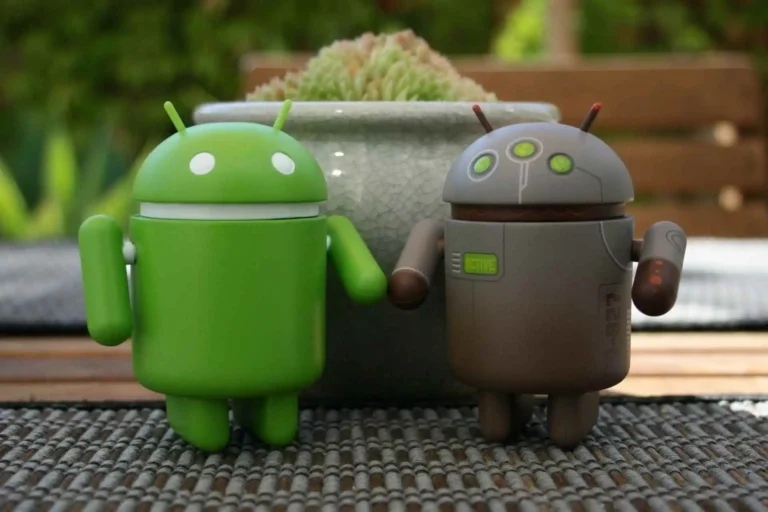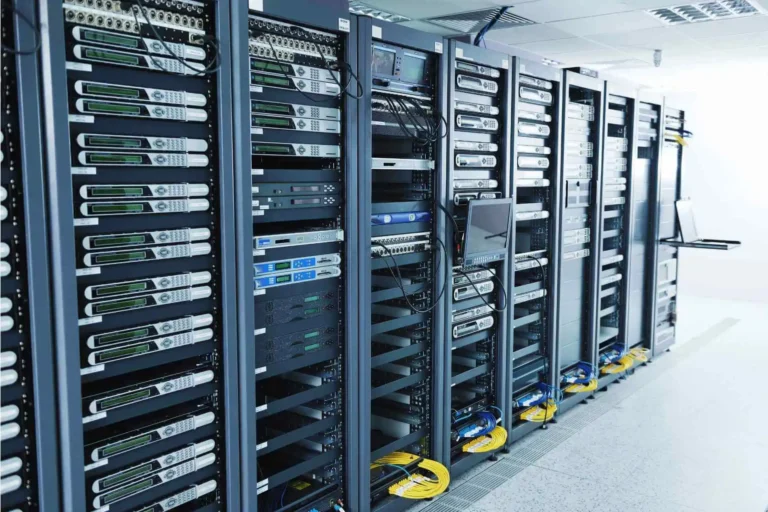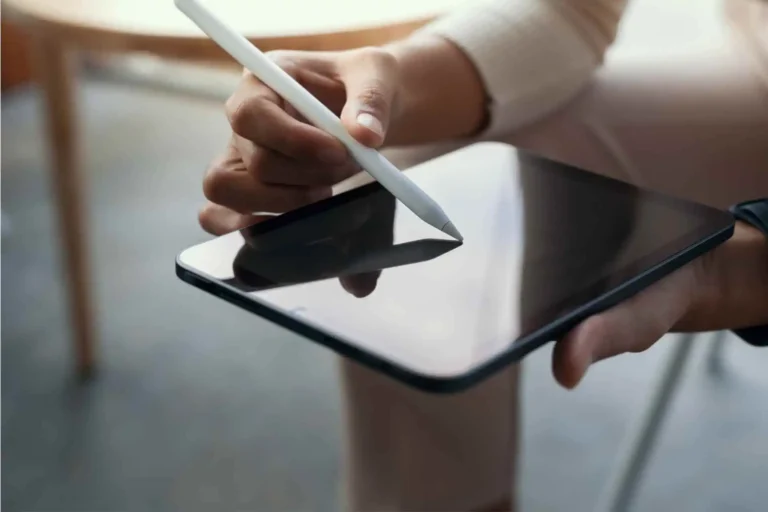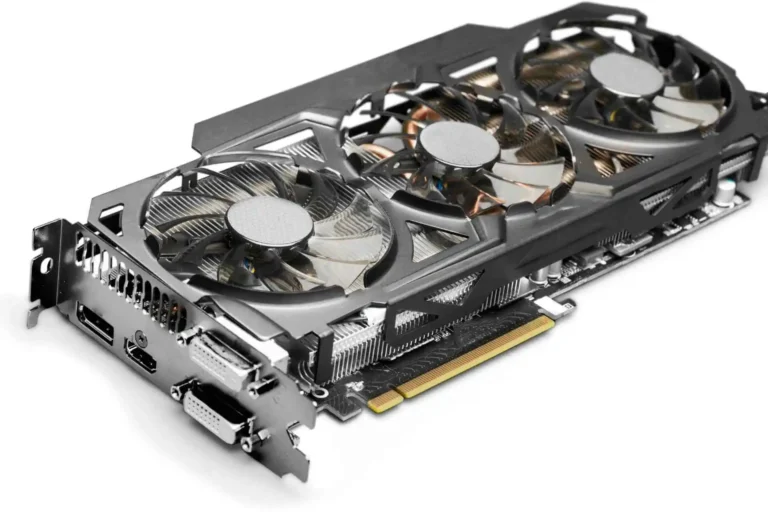8 Best Ways to Fix the Black Screen Issue on a Windows Computer
Ever had your computer suddenly go blank, leaving you staring at a black screen with no idea what went wrong? Yeah, I’ve been there too. Whether you’re in the middle of working or relaxing with your favorite show, that sudden black screen can be frustrating and confusing. Luckily, over the years, I’ve come across a few tried-and-true solutions to get things back up and running. Let’s walk through these fixes, step by step, and see if we can get your screen back to life.
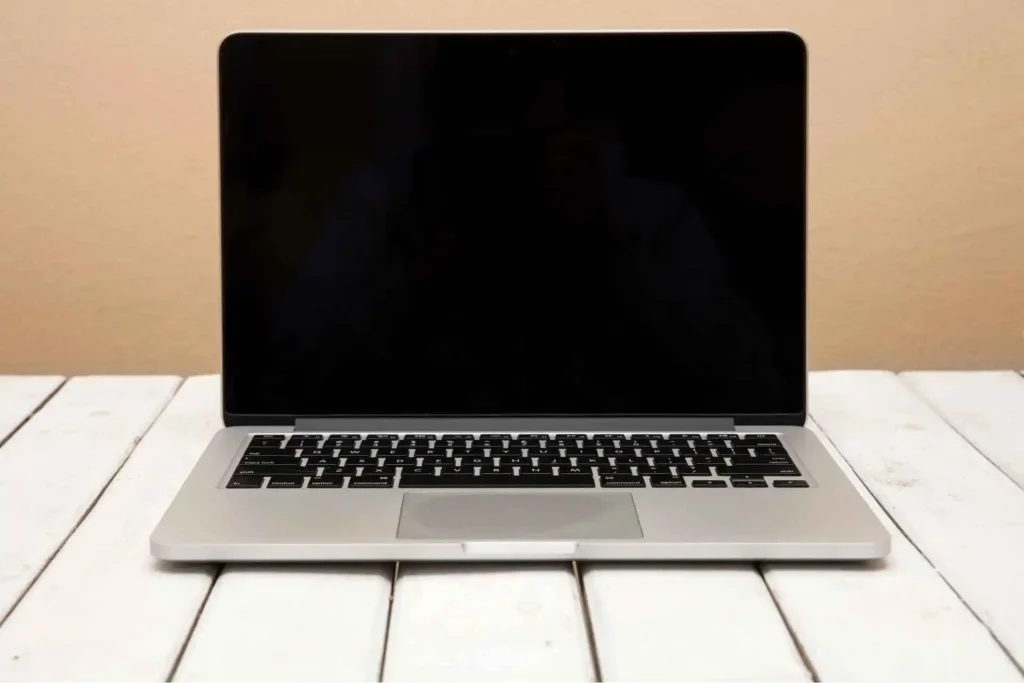
What Causes the Black Screen Issue?
First off, let’s get a quick idea of what’s going on behind that dark screen. A black screen on Windows usually points to display issues, faulty drivers, software glitches, or even hardware malfunctions. Sometimes, it’s as simple as a loose cable; other times, it could be something deeper like corrupted system files. But no matter the cause, I’ve got you covered with a range of fixes—starting from the easiest and working up to more advanced solutions.
1. Restart Your Computer
This might sound too simple, but trust me, it works more often than you’d think. A reboot is like giving your computer a fresh start. It can clear out minor bugs or processes that are stuck in a loop, causing the screen to go black.
How to Restart:
- Hold the power button for 10-15 seconds until the system shuts down.
- Wait a few seconds, then press the power button again.
If the issue is a temporary glitch, this should do the trick.
2. Check Your Display Connections
Now, let’s move on to the physical side of things. You’d be surprised how many black screen issues come from loose or faulty cables. If you’re on a desktop, double-check that all monitor cables (like HDMI, VGA, or DisplayPort) are securely connected to both the monitor and the computer.
What to Do:
- Unplug and reconnect the cables.
- If you’re using an external monitor, ensure it’s turned on.
- Try swapping cables or using a different port to rule out a hardware fault.
It’s also worth testing the monitor with another device to see if the screen works, narrowing down whether the issue is with the monitor or the computer itself.
3. Use Keyboard Shortcuts
Still seeing nothing? Sometimes Windows gets confused about what display to use, especially if you’ve recently connected an external monitor or projector. Here’s where keyboard shortcuts can help.
Shortcut #1: Windows + P
This shortcut is handy for toggling between display modes (e.g., second screen or projector). Press Windows + P, then use the arrow keys to select PC screen only and hit Enter.
Shortcut #2: Ctrl + Shift + B
If that doesn’t help, this shortcut will refresh your graphics driver. When you press Ctrl + Shift + B, the screen may flicker, and you’ll hear a beep indicating that the system is trying to reset the display.
4. Boot into Safe Mode
When quick fixes don’t work, I recommend booting your computer into Safe Mode. This is a diagnostic startup mode that runs only the essential drivers, bypassing any potentially problematic software that could be causing the black screen.
How to Boot into Safe Mode:
- Restart your computer and, before Windows loads, repeatedly press F8 (or Shift + F8 for newer systems).
- In the Advanced Startup menu, select Troubleshoot > Advanced Options > Startup Settings.
- Press 4 to boot into Safe Mode.
Once in Safe Mode, you can uninstall any recent software or drivers that could be causing the issue.
5. Reinstall Graphics Card Drivers
A faulty graphics driver is often behind black screen issues. If the screen goes dark after Windows starts, it’s possible the graphics driver is to blame. Let’s fix that by reinstalling it.
Steps:
- Boot into Safe Mode (as we just covered).
- Right-click the Start menu and select Device Manager.
- Expand Display adapters, then right-click your graphics card and choose Uninstall device.
- Restart your computer, and Windows should automatically reinstall the correct driver.
If Windows doesn’t reinstall the driver, or if you want to ensure you’re using the latest version, you can download the updated driver from the manufacturer’s website.
6. Disable Fast Startup
Windows has a feature called Fast Startup that speeds up boot times. While this sounds helpful, it can sometimes cause problems, like the black screen you’re dealing with now.
How to Disable Fast Startup:
- Open Control Panel and go to Power Options.
- Click on Choose what the power buttons do in the left sidebar.
- Click Change settings that are currently unavailable.
- Uncheck Turn on fast startup and hit Save changes.
After disabling this, restart your computer and see if the issue is resolved.
7. Run System File Checker (SFC) and DISM
If the above methods didn’t work, it’s time to dive a bit deeper. Corrupted system files can cause black screen problems, but Windows includes tools to repair them.
Running SFC:
- Open the Command Prompt as an administrator.
- Type sfc /scannow and hit Enter.
- Wait for the scan to finish, then restart your computer.
If the black screen persists, you can try using the DISM tool to fix deeper system issues:
- In the Command Prompt, type:
mathematica
Copy code
DISM /Online /Cleanup-Image /ScanHealth
DISM /Online /Cleanup-Image /RestoreHealth
- Once complete, restart and check if the black screen issue is fixed.
8. Reset BIOS/UEFI Settings
Sometimes, your BIOS or UEFI settings might get misconfigured, causing display problems. Resetting these settings to their default can help restore normal operation.
How to Reset BIOS:
- Restart your computer and press the appropriate key (usually F2, Delete, or Esc) to enter BIOS/UEFI settings.
- Look for an option to Load default settings or Restore factory defaults.
- Save and exit.
If this doesn’t work, updating your BIOS might be the next step, but proceed with caution or consult a professional, as a BIOS update can be risky if done incorrectly.
Conclusion
There you have it—the eight best ways to troubleshoot and fix the black screen issue on your Windows computer. From simple checks like restarting and adjusting display settings to more advanced fixes like reinstalling drivers or resetting BIOS, you’ve got a wide range of tools at your disposal.
In my experience, one of these methods usually works, but if you’ve tried them all and still can’t get your screen back, it might be time to consult a professional. Sometimes, the problem could be hardware-related, especially if it involves your graphics card or motherboard.
But don’t worry—more often than not, these steps will get your display back up and running in no time. Good luck, and remember, you’ve got this!
